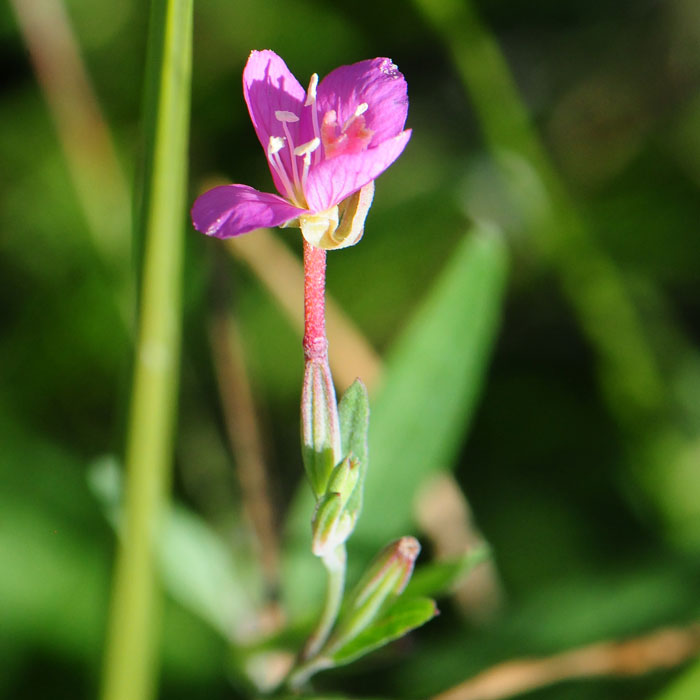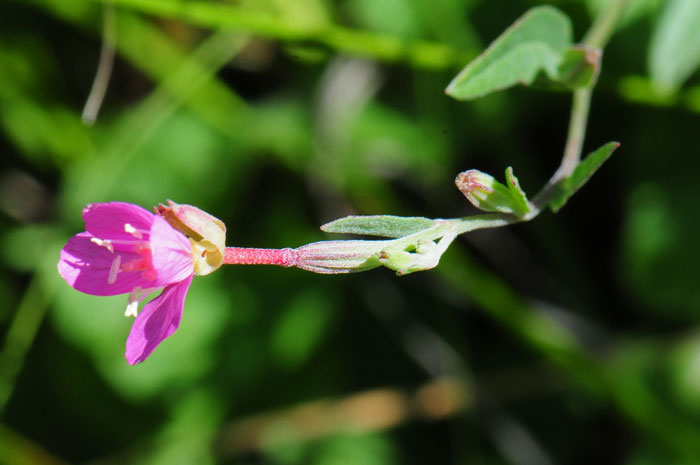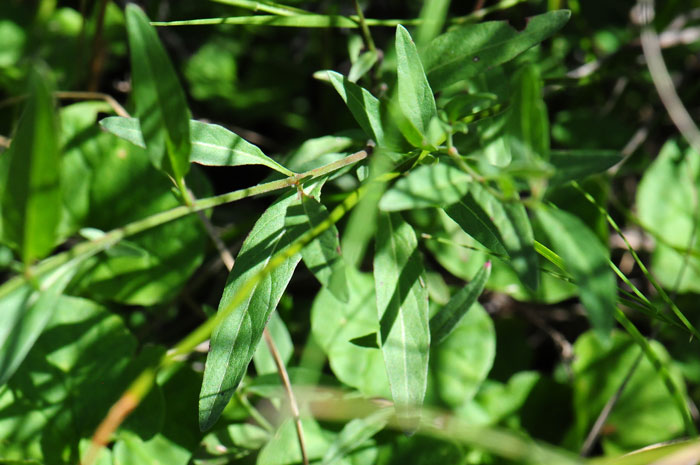Oenothera rosea (=Gaura epilobia), Rose Evening Primrose



Scientific Name: Oenothera rosea, (Gaura epilobia)
Common Name: Rose Evening Primrose
Also Called: Rose Eveningprimrose, Rose Evening-primrose
Family: Onagraceae, Evening Primrose Family
Synonyms: (Gaura epilobia)
Status: Native
Duration: Perennial;
Size: Up to 3 feet, usually much less.
Growth Form: Forb/herb; rosetted, stems decumbent to ascending.
Leaves: Green; upper leaves narrowly lanceolate, elliptic.
Flower Color: Pink, purple, rose-purple; flowers small but showy from axils; 4 petals, 4 sepals.
Flowering Season: April to August.
Elevation: 1,000 to 5,500 feet.
Habitat Preferences: River bottoms, canyons and disturbed areas.
Recorded Range:Rose Evening Primrose is found in the southern southwestern United States in AZ, CA, NM, TX. In Arizona it is found primarily in the south central part of the state. The specimen above is from the Tonto National Forest, Maricopa County, Arizona.
North America & US County Distribution Map for Oenothera rosea.
U.S. Weed Information: No information available.
Invasive/Noxious Weed Information: No information available.
Wetland Indicator: In North America Oenothera rosea has the following wetland designations; Arid West, FACW; Atlantic and Gulf Coastal Plain, FACW; Great Plains, FACW; Western Mountains, Valleys, and Coast, FACW.
FACW = Facultative Wetland, Hydrophyte, Usually occur in wetlands, but may occur in non-wetlands.
Threatened/Endangered Information: No information available.
The Plant List includes 706 scientific plant names of species rank for the genus Oenothera. Of these 150 are accepted species names.
Comments: Also see in Southwest Desert Flora: Tufted Evening Primrose, Oenothera caespitosa; California Suncup, Oenothera californica; Crownleaf Evening Primrose, Oenothera coronopifolia; Velvetweed, Oenothera curtiflora; Dune Evening Primrose, Oenothera deltoides; Hooker's Evening Primrose, Oenothera elata; Large Yellow Desert Primrose, Oenothera primiveris; Mexican Evening Primrose, Oenothera speciosa and Scarlet Beeblossom, Oenothera suffrutescens.

